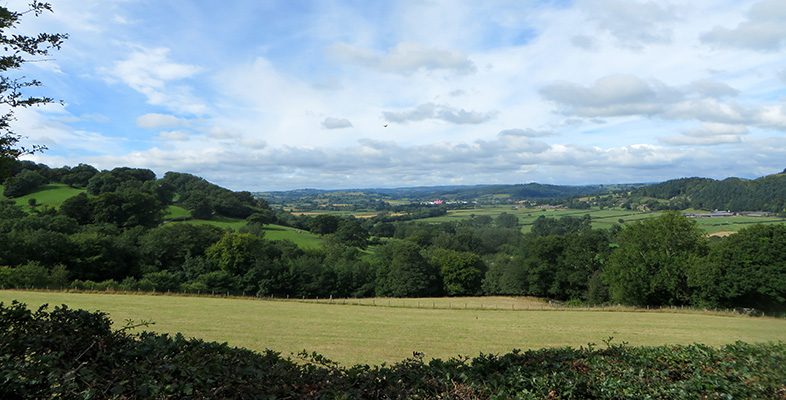4.3.3 Your capital base
The people you work with are essential, but they have to have somewhere to work, equipment to work with, material to use and a system to manage the flow of work and its sale and delivery to customers in the market.
The physical assets and the contracts for services, as well as the human resource of the firm, are the sum of resources that enable the firm to carry on its business – the capital of the business. It consists of elements that can be valued in money terms, but actual money accounts and cash form only a part of it (albeit, in the case of cash, an incredibly vital part of it).
You will need a clear idea of not only the people you need but also a good understanding of your capital requirements. You need to make sure that your revenues more than cover your running costs, contribute to your capital costs, pay reasonable returns to any investors and afford you a reasonable living. Indeed, in considering these issues you test the viability of your idea.
Resource requirements
Here are some of the important resources a new business is likely to require:
- people and skills – doing the job itself, managing customers and suppliers, organising, motivation and attitude, upskilling and training, Welsh language skills
- equipment and furniture – something for the people to work on, computers/laptops as well as desks
- premises – somewhere for the people to work in
- communications – the means of exchanging ideas and market intelligence, visiting, talking, writing, delivering; the internet, broadband,Welsh language skills
- suppliers – to provide inputs you cannot make or produce for yourself
- distributors – to provide sales and delivery to customers that you cannot do yourself
- time – most people get much the same ration, yet some use it better than others
- money – to fund salaries, wages, premises, equipment and so on.
Depending on the type of organisation that is most suitable for implementing your idea, you are likely to need tangible, physical assets such as premises (even if just a desk somewhere), machines (even if just a single PC or telephone) and, maybe, vehicles.
These assets represent the necessary resources for launching your idea but may also limit your capacity for expansion or development, if you are successful. They also influence the potential your business has to attract certain target market segments.
After you launch, or if you are already in business, you should also look at the age of the assets, and their life expectancy, to estimate when they need replacing.
You need to start thinking about your idea in terms of the operations and tasks needed for transforming it into a product to be offered to customers and the consequent physical and organisational resources it is likely to need. In other words, you need to start developing your strategy for taking your product to market (we referred to this as operating ‘on’ your business in 2.8 What is a strategy?).
Despite the fact that space might appear not to be at a premium in rural areas, finding a suitable place to work can often be difficult. Many new firms start up small, perhaps without fixed premises, some work from home, or perhaps it’s a mobile service, it might be run from a vehicle. When starting up it probably makes sense not to invest too much in premises, or at least carefully consider what you might need a premise for.
